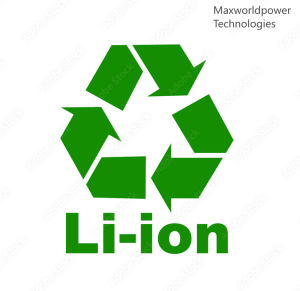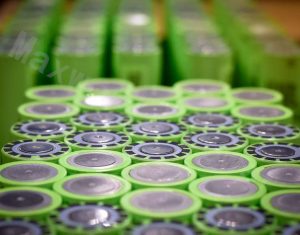The difference between solid electrolyte and liquid lithium battery electrolyte

Lithium battery manufacturers analyze the difference between solid electrolytes and liquid electrolytes for lithium batteries. At present, the battery electrolyte mainly used in lithium batteries are divided into liquid electrolytes and solid electrolytes. Liquid electrolytes are commonly called electrolytes. On the one hand, the electrolyte of lithium batteries provides some active lithium ions, which are used as conductive ions during charge and discharge. On the other hand, the electrolyte provides ion channels, or carriers, so that lithium ions can move in them. In this article, lithium battery manufacturers will analyze the difference between solid electrolytes and liquid electrolytes for lithium batteries.
Lithium battery manufacturers analyze the difference between lithium battery solid electrolyte and liquid electrolyte

1. Liquid electrolyte
The choice of electrolyte has a great influence on the performance of lithium batteries. It must be chemically stable, especially not easy to decompose at higher potentials and higher temperature environments, and has higher ionic conductivity, and it has a good effect on cathode and anode materials. It must be inert and not corrupt them. Due to the high charge and discharge potential of lithium batteries and the chemically active lithium embedded in the anode material, the electrolyte must use organic compounds instead of water. However, the ionic conductivity of organic matter is not good, so it is necessary to add a soluble conductive salt in the organic solvent to improve the ionic conductivity. At present, lithium-ion batteries mainly use liquid electrolytes.
At present, most of the electrolytes used in commercial lithium batteries use LiPF6 EC2DMC, which has higher ionic conductivity and better electrochemical stability. Because of the characteristics of liquid electrolytes, a variety of auxiliary agents need to be added to actual use to improve the characteristics of the electrolyte.
2. Solid electrolyte
The direct use of metallic lithium as an anode material has a high reversible capacity. Its theoretical capacity is as high as 3862mAh·g-1, which is more than ten times that of graphite materials. The price is also lower. It is regarded as the most attractive new generation of lithium-ion batteries. The anode material, but will produce dendritic lithium. Using solid electrolytes as ion conduction can inhibit the growth of dendritic lithium, making it possible for metallic lithium to be used as an anode material.
In addition, the use of solid electrolytes can avoid the shortcomings of liquid electrolyte leakage, and can also make lithium batteries thinner (only 0.1mm thick), have a higher energy density, and smaller volume of high-energy batteries. Destructive experiments show that solid-state lithium battery electrolyte has high safety performance. After destructive experiments such as nail penetration, heating (200°C), short circuit, and overcharge (600%), liquid electrolyte lithium-ion batteries will leak, explode, etc. Security issues.
Selection of customized battery electrolyte for lithium battery

At present, there are two main types of customized electrolytes for lithium batteries according to their state, namely, liquid electrolyte and solid electrolyte.
Liquid electrolyte is mainly used in lithium-ion batteries, making the customization industry of lithium-ion batteries simpler and lower in cost, making lithium-ion batteries higher in conductivity and more stable in internal chemical properties. The disadvantage is that it is easy to dissolve, and the liquid organic solvent electrolyte is easy to cause fire and explosion accidents.
Solid electrolytes can also be divided into all-solid and gel-type electrolytes. Currently, gel-type electrolytes have reached practical use and are mass-produced. The electrolyte is in a gel state, it will not leak like a liquid, and it is safe. The outer packaging of the solid electrolyte lithium battery uses a soft package material, which reduces the weight of the battery and can be made into any shape.
In order to solve problems such as battery safety, lithium battery electrolytes are constantly being updated. According to industry insiders, finding a suitable electrolyte is a bit like grasping traditional Chinese medicine. It is like taking different prescriptions for different physiques and illnesses. The electrolyte formulation needs to be determined according to the type of positive and negative electrode materials, battery shape, and battery performance of lithium batteries.











